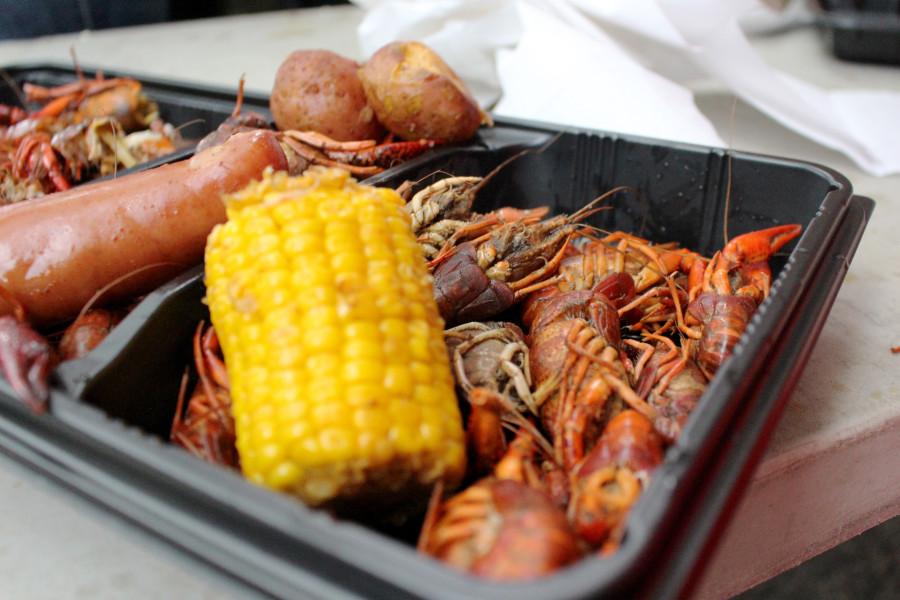Cajun vs. Creole
October 12, 2015
If you want to spark a debate in Louisiana, one simple question will do the trick: what is the difference between Cajun and Creole food?
“To me, they are both two halves that make up the New Orleans style of food, just like having two parts to the same truth,” said Edwin Luna, biology senior and San Francisco native.
“I think Cajun is more rural and Creole is fancier. I guess, Cajun cooking uses the whole pig while Creole cooking only uses the best part,” said Margaret Duzane, English writing junior from Nashville.
Luna and Duzane are not the only ones to have conflicting opinions. Even students who were born and raised in Louisiana are not entirely sure of the distinction.
“Well I know that Creole people have their roots in Europe and Africa, and Cajuns are the French people who had originally settled in Canada, but I think the food is pretty similar, now at least,” said Stewart Campbell, finance junior from New Orleans.
Campbell did, however, get a major point right.
“Creole food has tomatoes and cajun food doesn’t,” Campbell said.
This is true, and according to Jay Ducote of Louisiana Travel, that’s all you need to know. If a dish has tomatoes in it, it is safe to assume it is Creole. If it does not, what you’re eating is probably Cajun.
Amy Sins, owner and chef at Langlois, said there is more to it than to-ma-to, to-mah-to.
“They are two distinct cuisines. Creole cuisine is the food of the city of New Orleans, while Cajun is the food of the bayous and prairies in the countryside,” Sins said.
The confusion about what is Creole and what is Cajun, who eats crawfish and who eats oysters, and what the heck does a roux have to do with it all comes from the marketing world, not the culinary one, according to Sins.
“One of the things that drives me nuts is the Tony Chacherie’s commercials. It’s a zydeco band, with zydeco music, speaking in a Cajun accent, but then the label says ‘Tony Chacherie’s Creole Seasoning,’” Sins said.
Because of ads like this, Sins has made it her life’s goal to educate both tourists and Louisianians about the regional cuisines of the state.
“Every person that walks through the front door at Langlois, I try to teach them the difference between Creole and Cajun cuisine,” Sins said.
So what are some of the common misconceptions?
“Everyone thinks that Cajun food is very spicy, which is not necessarily true. It really depends on what you grow up on. People see Cajun seasoning being red and just assume it’s cayenne, and think it’s going to be super spicy, but the color is from paprika, which is not spicy,” Sins said.
People today come to New Orleans in search for Cajun food, which Sins said can be all thanks to marketing.
However, according to Justin Nystrom, a New Orleans food and culture expert, Cajun food could not even be found in the city until the late 1970s when Chef Paul Prudhomme opened K-Paul’s Louisiana Kitchen.
After Prudhomme’s Louisiana Kitchen became popular, the trend of “Cajun-style cooking” exploded across the nation, Nystrom said.
From then on, the term was further muddled when people mistakenly called a dish Cajun when in fact it was Creole, or Creole when really it was Cajun.
To those who think the terms are synonymous, rest assured, even the experts understand your struggle.
“I used to roll my eyes when people were confused about the two, but you go to a restaurant today and see the two influences so heavily intermingled. I think the confusion is forgivable,” Nystrom said.







